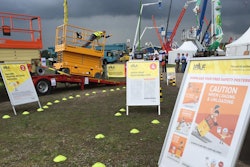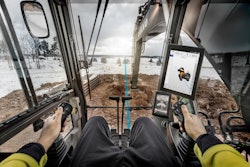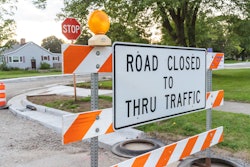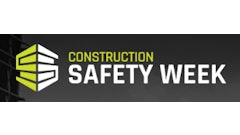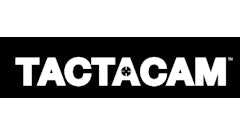
The construction industry is predicted to continue to face exponential growth while also experiencing a severe labor shortage of more than half a million workers, leading to the highest rate of open positions ever recorded. Those who are filling these open construction positions are often new entrants into the construction industry with no experience or safety training. This inflates risk and increases loss prevention challenges.
Meanwhile, larger projects need more workers and heightened investment in safety oversight, which are driven by increased local, state, and federal regulations; insurance requirements; and owner contractual stipulations.
In addition to the growth challenges across the country, in places such as New York, the Department of Buildings (DOB) is under intense pressure to approve more schools and programs to meet these increased training demands for the construction industry.
The number of training providers grew from 86 in 2019 to 161 in 2024, with 15 more New York DOB providers being announced recently. This pressure to meet increased training demand is resulting in a lack of rigor being put into the DOB’s due diligence, checks and balances when approving new program applicants.
The skilled labor shortage impacts the industry’s ability to deliver comprehensive and professional safety services, even as a growing pipeline of complex projects demands a competent workforce.
The Importance of Safety and Training
Advanced safety and training education is paramount in safeguarding construction workers by minimizing injuries and reducing hazards while helping the bottom line of any project. According to the Occupational Safety and Health Administration (OSHA), construction fatalities predominantly fall into four categories:
- Falls
- Being struck by objects or equipment;
- Electrocutions; and
- Being caught in or crushed by collapsing structures, equipment, or materials.
Each and any of these injuries incurred while on the job can remove a worker from the project and often result in workers’ compensation costs. While some incidents are purely accidental, many are preventable when proper safety training and protocols are in place. Expanding safety training requirements—such as fall prevention, scaffold safety, pre-task safety meetings, and toolbox talks—enhances workers’ understanding of safety standards and best practices while on the job, thereby reducing the risk of injury and death and lowering a company’s Total Cost of Risk (TCOR).
On-site safety professionals play a crucial role in overseeing projects and ensuring adherence to safety protocols, thereby mitigating risks before incidents even have a chance to occur. Recent events, including the issuance of false credentials by a training facility that led to the preventable death of a worker in New York, underscore the importance of selecting reputable training partners to ensure your crew is trained on the latest industry standards before they set foot on any jobsite. Credibility is essential, and organizations recognized by industry bodies and who have a history of providing top-notch training should be prioritized. Certifications and endorsements from construction and safety institutions confirm the provider’s commitment to maintaining industry standards, ensuring that course content is precise, up-to-date, and compliant with industry standards and regulations.
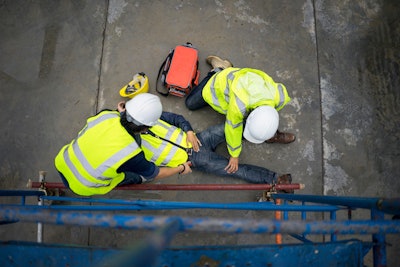 On-site safety professionals play a crucial role in overseeing projects and ensuring adherence to safety protocols, thereby mitigating risks before incidents even have a chance to occur.@ME Image - adobe.stock.com
On-site safety professionals play a crucial role in overseeing projects and ensuring adherence to safety protocols, thereby mitigating risks before incidents even have a chance to occur.@ME Image - adobe.stock.com
Impact of Changing Jurisdictions
Jurisdictions such as New York City (NYC) and Boston have implemented stringent laws mandating increased training for on-site workers and supervisors. These laws have already had positive impacts. The 2022 NYC Construction Safety Report revealed a 27% decrease in injuries on building construction sites between 2018 and 2022 following the implementation of Local Law 196. This law requires workers on large-scale projects to complete a certain number of hours of safety training before working on a jobsite.
However, the emphasis on safety training should not be confined to jurisdictions with strict laws. In a fast-paced industry with tight deadlines, it may be tempting to bypass essential safety training and hire new team members while forgoing training. Yet, the benefits of safer workforces and environments far outweigh any efficiencies gained by skipping proper training. Enhanced safety protocols not only decrease the risk of injury or death but also improve site conditions and reduce the TCOR and liability for general contractors.
Insurance Implications
As insurance costs continue to rise alongside an increase in self-insured risk within the construction industry, there is a growing focus on loss prevention policies, procedures, and professional services. Insurance carriers, sponsors, and brokers are seeking partnerships with experts who can deliver the resources needed to improve outcomes and control costs.
Ensuring everyone on your team has completed safety training courses can help lower the TCOR throughout the project, and certifications from accredited programs may provide potential insurance savings as well.
Construction businesses and contractors can greatly benefit from project-specific or enterprise-wide loss prevention consultants. These experts, specializing in safety, environmental health, special investigations, and emergency medical services, can identify operational exposures and provide prioritized recommendations to enhance loss prevention strategies, saving time and money.
Achieving Better Outcomes
The construction industry is on an upswing, but it’s not without challenges. Like many industries, it must navigate the challenge of a skilled labor shortage paired with increasingly complex projects. But to save time and money and keep the workforce safe, the industry should also prioritize safety and training. Having comprehensive safety education, working with reputable training providers, and stringently adhering to safety protocols are essential to protecting workers, minimizing risks, and reducing overall costs. By investing in safety and loss prevention at the start of and throughout any project that includes new employees, construction firms can foster safer work environments, comply with regulatory requirements, and achieve better outcomes for both workers and businesses.





